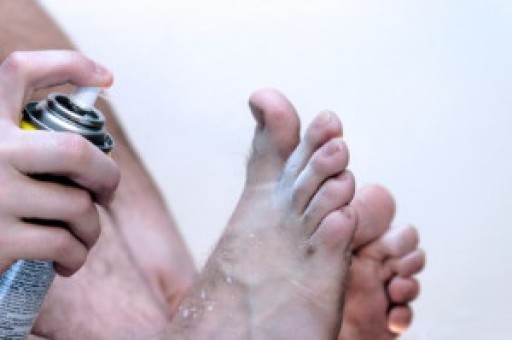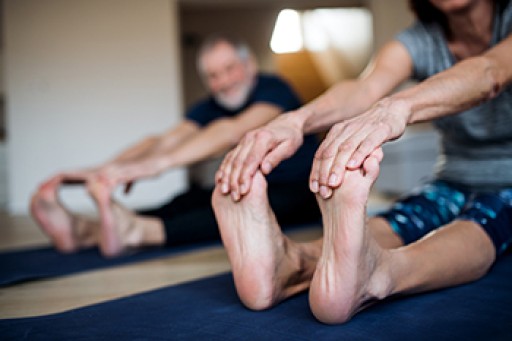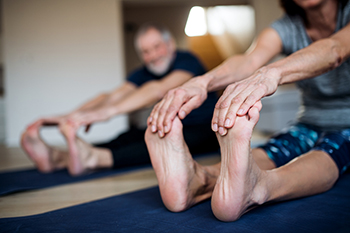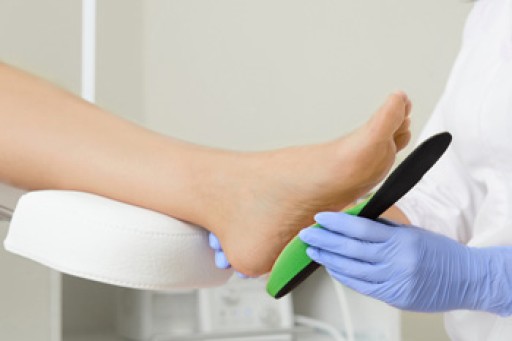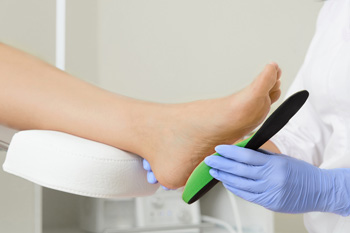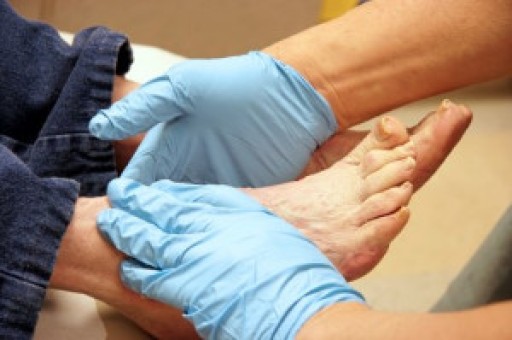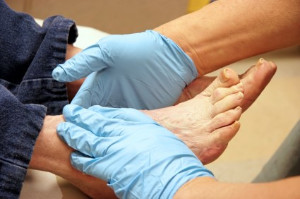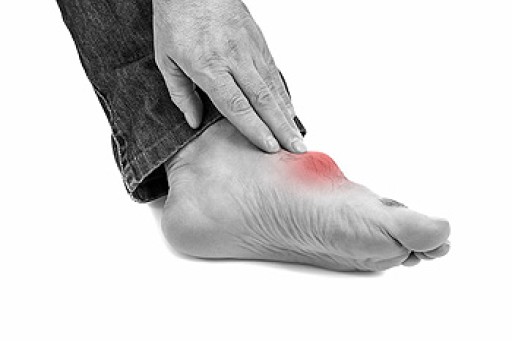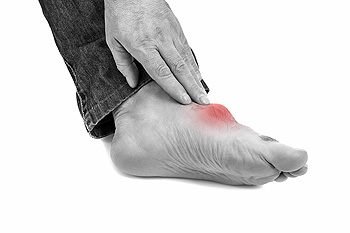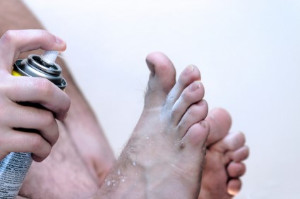 Athlete’s foot, also known as tinea pedis, is a very contagious fungal infection that causes the feet to become dry and flaky. Tinea pedis thrives and spreads in warm and moist environments such as showers, gym locker rooms, and swimming pools. There are three common types of athlete’s foot. The most common type of athlete’s foot is known as chronic interdigital athlete’s foot, which usually results in scaling and fissures. This type of athlete’s foot is usually caused by tight footwear that creates a warm and moist environment for the fungus to thrive in. The second type of athlete’s foot, known as chronic scaly athlete’s foot, is often associated with fungal nail infections and causes the skin to become dry, scaly, and tender. This type of athlete’s foot tends to spread from person to person. Lastly, acute vesicular athlete’s foot is the least common type of athlete’s foot and is indicated by painful blisters on the sole or top of the foot. If you believe that you have athlete’s foot, consulting with a podiatrist for a proper diagnosis and treatment method is strongly suggested.
Athlete’s foot, also known as tinea pedis, is a very contagious fungal infection that causes the feet to become dry and flaky. Tinea pedis thrives and spreads in warm and moist environments such as showers, gym locker rooms, and swimming pools. There are three common types of athlete’s foot. The most common type of athlete’s foot is known as chronic interdigital athlete’s foot, which usually results in scaling and fissures. This type of athlete’s foot is usually caused by tight footwear that creates a warm and moist environment for the fungus to thrive in. The second type of athlete’s foot, known as chronic scaly athlete’s foot, is often associated with fungal nail infections and causes the skin to become dry, scaly, and tender. This type of athlete’s foot tends to spread from person to person. Lastly, acute vesicular athlete’s foot is the least common type of athlete’s foot and is indicated by painful blisters on the sole or top of the foot. If you believe that you have athlete’s foot, consulting with a podiatrist for a proper diagnosis and treatment method is strongly suggested.
Athlete’s foot is an inconvenient condition that can be easily reduced with the proper treatment. If you have any concerns about your feet and ankles, contact one of our podiatrists from Footcare Now. Our doctors will treat your foot and ankle needs.
Athlete’s Foot: The Sole Story
Athlete's foot, also known as tinea pedis, can be an extremely contagious foot infection. It is commonly contracted in public changing areas and bathrooms, dormitory style living quarters, around locker rooms and public swimming pools, or anywhere your feet often come into contact with other people.
Solutions to Combat Athlete’s Foot
- Hydrate your feet by using lotion
- Exfoliate
- Buff off nails
- Use of anti-fungal products
- Examine your feet and visit your doctor if any suspicious blisters or cuts develop
Athlete’s foot can cause many irritating symptoms such as dry and flaking skin, itching, and redness. Some more severe symptoms can include bleeding and cracked skin, intense itching and burning, and even pain when walking. In the worst cases, Athlete’s foot can cause blistering as well. Speak to your podiatrist for a better understanding of the different causes of Athlete’s foot, as well as help in determining which treatment options are best for you.
If you have any questions please feel free to contact our offices located in Elmhurst Jackson Heights, and Astoria, NY . We offer the newest diagnostic and treatment technologies for all your foot and ankle needs.
